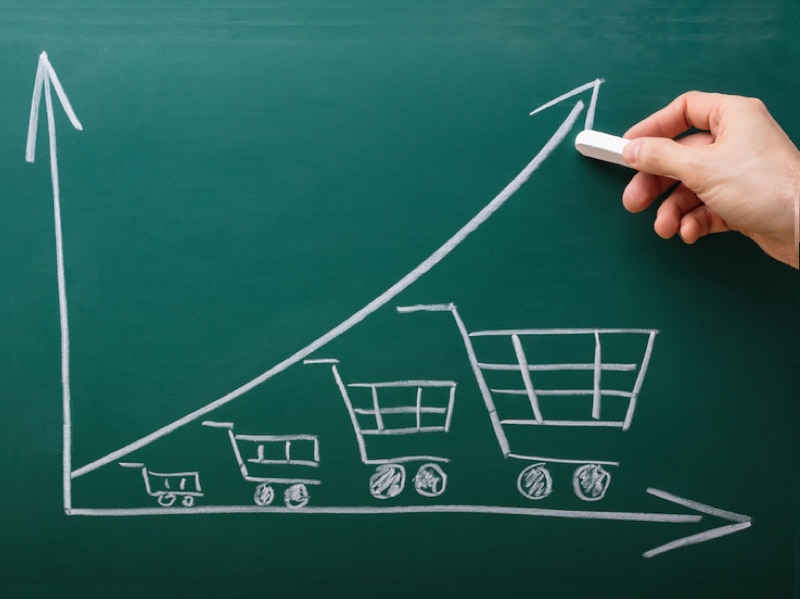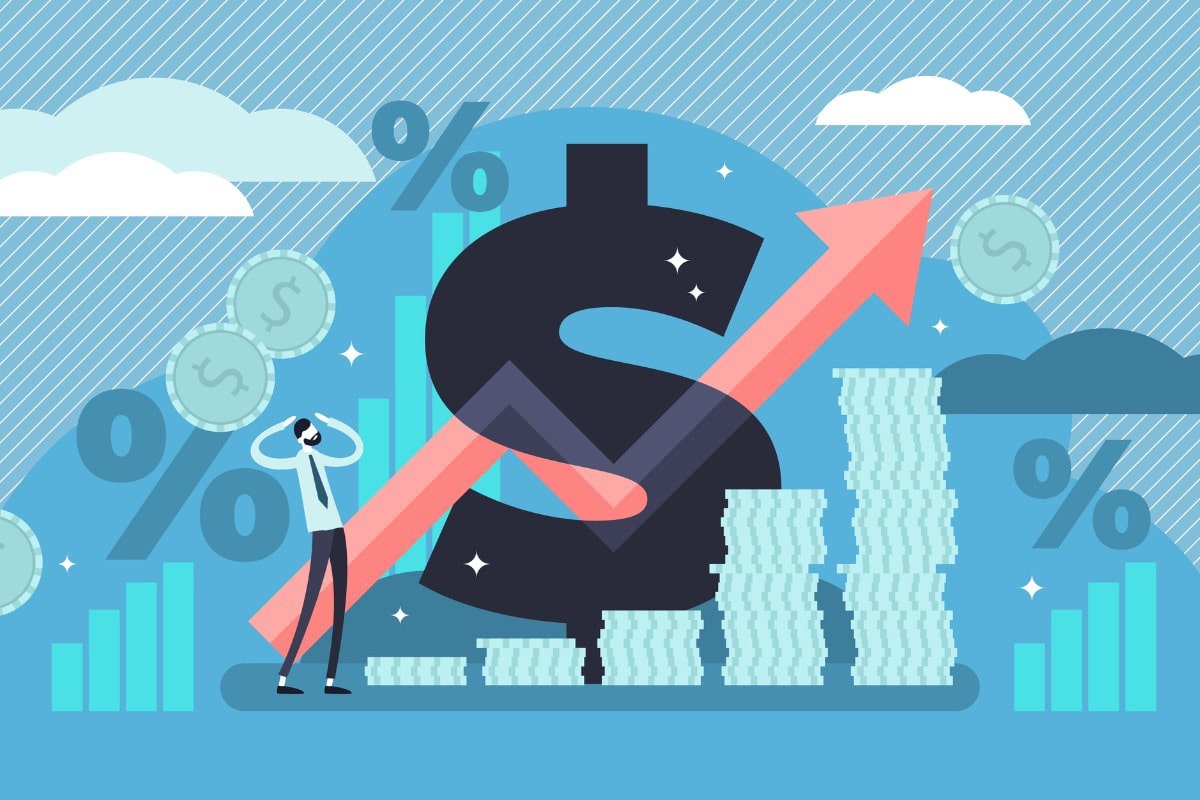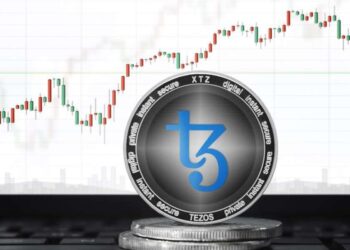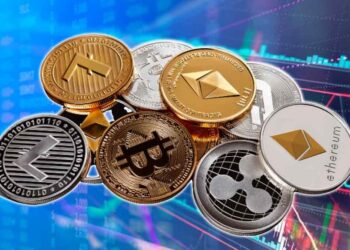An unexpected event that changes the supply of a product or commodity, resulting in a sudden price change is a cause of shock supply. It can be both negative and positive. Supply shock inflation is a combination of high inflation plus a high unemployment rate. This inflation is driving up prices for the same or even lower levels of demand. The causes of supply shock inflation are multiple, but the common ones include unexpected events that disrupted the supply chain and technological innovations and geopolitical modifications such as a war or terrorism activities.
Supply shocks affect the ability of firms to produce the gross domestic product, which means that they directly affect either the prices or quantities of factor inputs or the production technology. The resulting changes in output can be thought of as basically neoclassical in nature. On the other hand, demand shocks affect spending by the households, businesses, and governments that purchase the GDP. Naturally, any demand shock will have short-run Keynesian effects.
The Inflation Drive

The recent inflation concerns every living being since it is targeting all the domains of life, from petrol to entertainment. About the recent inflation, firstly, it was an outbreak of the natural disaster that is the Covid-19 pandemic. Lockdowns were the reasons for low demand but at the same time, supply chains were also disturbed badly. Food chains were damaged last year and now in 2022 the crude prices. People were expecting relief in commodity and oil prices in 2022, but due to the Russia-Ukraine war supply chains are further disrupted.
Secondly, the geopolitical scenario between countries. Apart from world war three, a lot is going on between China, Sri Lanka, India, America, and other countries too. Changing Geopolitical scenes are now global. Every country prevails a change in its foreign and geopolitical domain of governance. Fresh lockdowns in China are also extending the pandemic-induced supply-chain bottlenecks.
RBI Governor’s Recent Statement on
Inflation and economy

“In my statement of April 8, 2022, I had referred to the tectonic shifts caused by the conflict in Europe which had created fresh challenges for global growth and the conduct of monetary policy. As the war draws on and sanctions and retaliatory actions intensify shortages, volatility in commodity and financial markets, supply dislocations, and most alarmingly, persistent and spreading inflationary pressures are becoming more acute with every passing day. Debt distress is rising in the developing world amidst capital outflows and currency depreciation. Recent GDP releases suggest that the global economic recovery is losing pace.
Amidst these challenges, which I termed as humongous in my April statement, the Indian economy has shown resilience, drawing upon the innate strength of its underlying fundamentals and supported by a prudent and favourable policy mix. In the conduct of monetary policy, we have demonstrated our resolve not to be bound by any rule book and our preparedness to decisively deploy the full range of tools – conventional and unconventional. By remaining accommodative, monetary policy continues to foster congenial financial conditions to support growth and mitigate the adverse effects of the geopolitical crisis. As a result, the Indian economy has managed to weather the shock so far”.
Nature of Supply Shocks Inflations
Supply shock inflations are mostly seen as negative in nature. Supply shocks target both the market and consumer in the long run. It hits the buying power of a consumer. If it’s positive then a consumer would own things whereas, if it’s negative, then a consumer will have to think more than twice to own anything such as a car or a house. And, in the market, the overall rate of inflation has increased.
Crude oil can be considered vulnerable to supply shocks. Since the oil-owning countries have existed in a cartel since the 1970s. The negative example is observed in this case because the supply of oil is reduced, and the price is increased and hence making the oil-producing countries more wealthy and powerful. Its positive example can often be seen during times of Technical advancements. One such example is when the assembly line was introduced to car manufacturing by Henry Ford, there were suddenly a lot more automobiles on the market. As a result, the cost of owning a car went down.
Also, Checkout: What are judgements that the US top court might overturn and how will it impact women’s rights across the country?
















